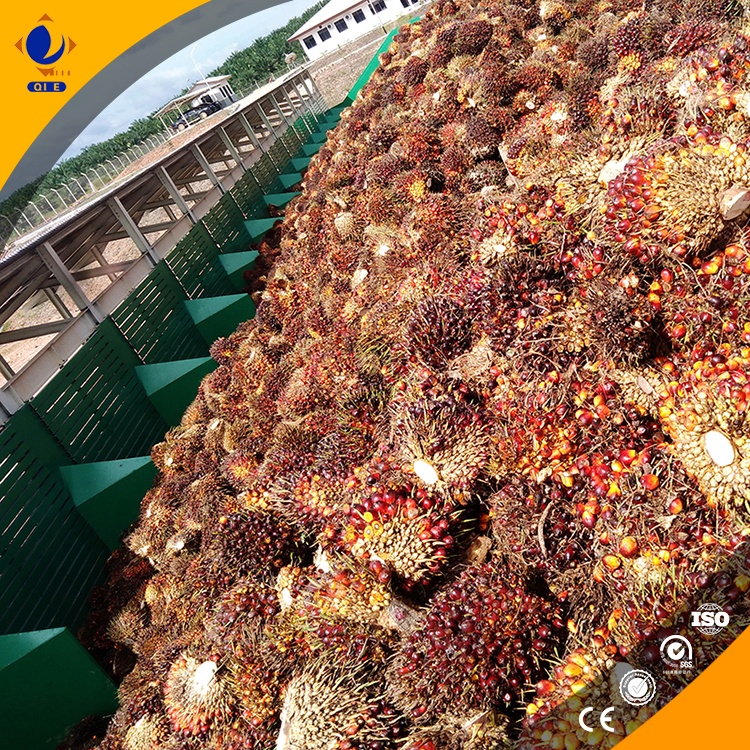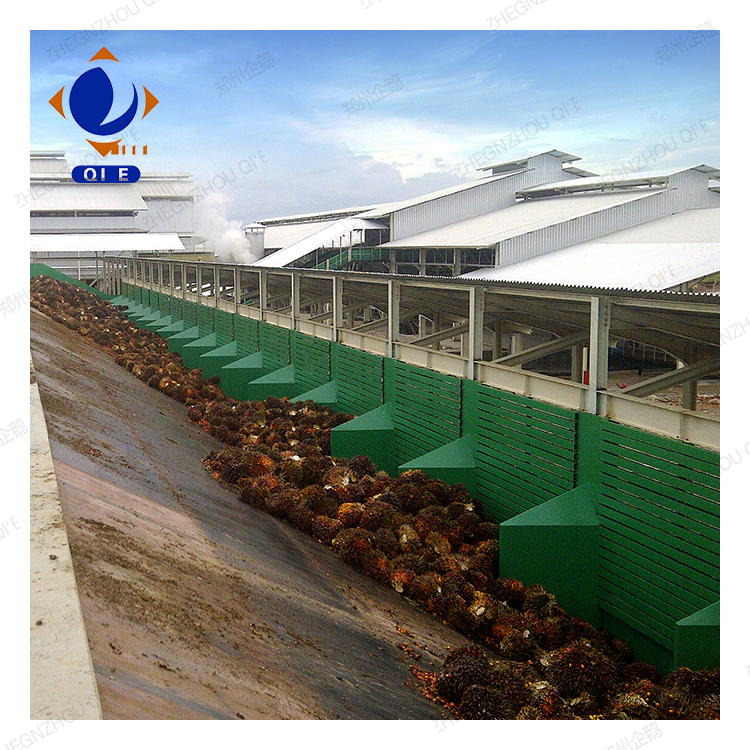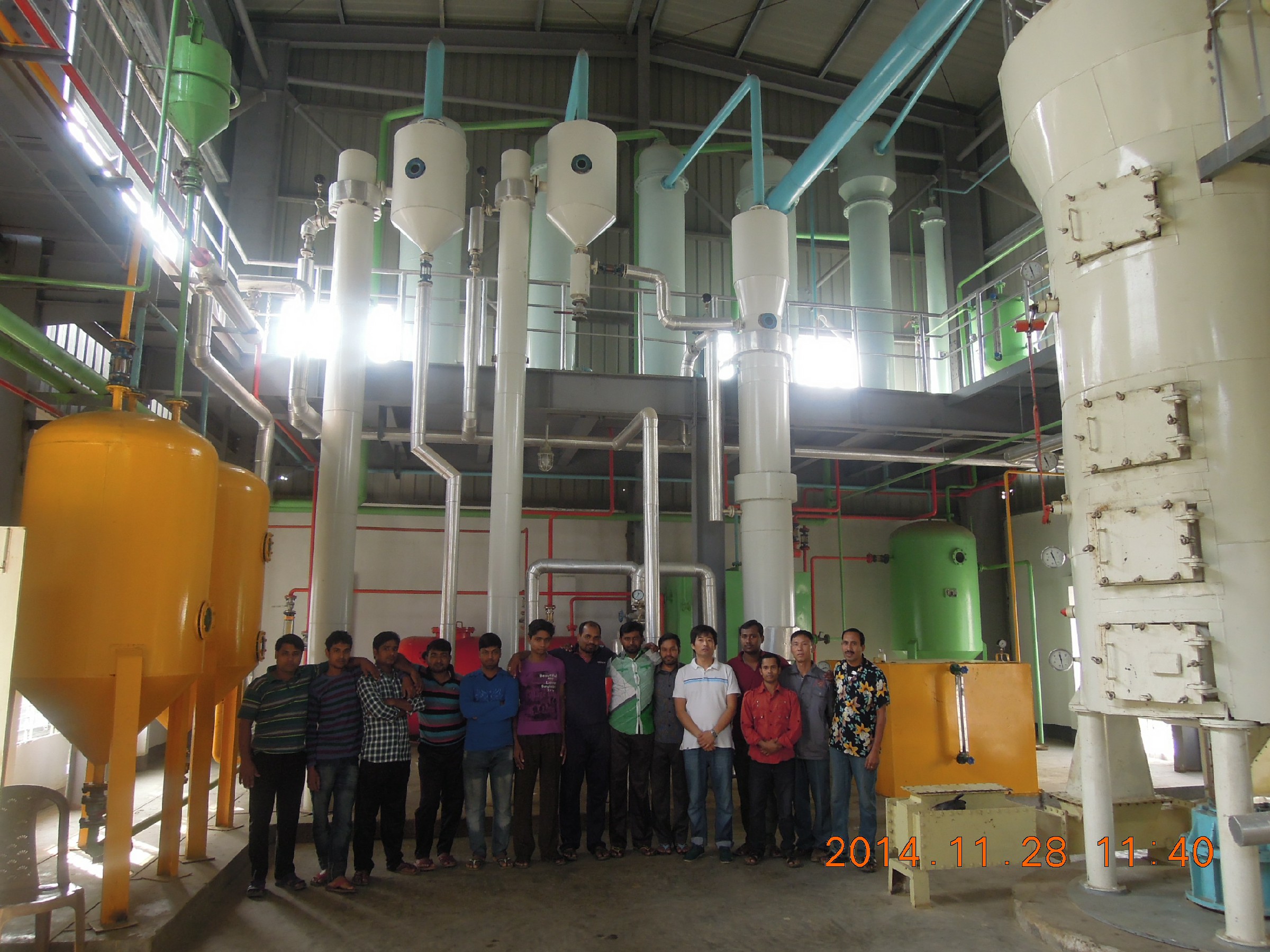
In the realm of edible oil production, the degumming process stands as a pivotal step in refining, directly influencing the quality and market competitiveness of the final product. This article delves into the core technologies and practical applications of the edible oil degumming process, offering valuable insights for production managers and technical personnel.
Degumming is a crucial step in edible oil refining, aiming to remove phospholipids, proteins, and other hydrophilic impurities from crude oil. These impurities can cause the oil to become cloudy, have an unpleasant odor, and reduce its stability during storage. By effectively removing these impurities, the degumming process significantly enhances the quality of the oil, making it more suitable for consumption and further processing.
The removal of phospholipids and impurities in the degumming process is based on physical and chemical principles. Phospholipids are amphiphilic molecules, with a hydrophilic head and a hydrophobic tail. In the presence of water or acid, the hydrophilic heads of phospholipids can interact with water molecules or acid molecules, forming aggregates that can be separated from the oil phase. Other hydrophilic impurities, such as proteins and mucilage, can also be removed through similar mechanisms.

Hydration degumming is a common method that uses water to hydrate phospholipids, causing them to form larger aggregates and separate from the oil. This method is relatively simple and cost - effective, suitable for oils with relatively low phospholipid content. The key parameters in hydration degumming include temperature, water addition amount, and stirring speed. Generally, the temperature is controlled at around 60 - 80°C, and the water addition amount is about 2 - 5% of the oil weight.
Acid degumming is used for oils with high phospholipid content or non - hydratable phospholipids. In this method, acids such as phosphoric acid or citric acid are added to the oil to convert non - hydratable phospholipids into hydratable forms, and then water is added for further separation. The acid degumming process can achieve a higher degree of impurity removal, but it requires more precise control of process parameters, such as acid concentration, pH value, and reaction time.
Different raw material oils, such as soybean oil and rapeseed oil, have different physical and chemical properties, which require special adjustments to process parameters. For example, soybean oil usually has a relatively high phospholipid content, and acid degumming may be more suitable. The temperature for soybean oil degumming is generally around 70 - 85°C, and the pH value should be controlled at about 3 - 4. Rapeseed oil, on the other hand, may require different stirring speeds and reaction times due to its unique composition. The following table shows the typical process parameters for different oils:
| Oil Type | Temperature (°C) | pH Value | Stirring Speed (rpm) |
|---|---|---|---|
| Soybean Oil | 70 - 85 | 3 - 4 | 200 - 300 |
| Rapeseed Oil | 65 - 80 | 3.5 - 4.5 | 180 - 250 |

During the degumming process, some common faults may occur, such as cloudy oil and abnormal stratification. These faults can be caused by various factors, such as improper process parameters, equipment malfunctions, or raw material quality issues. For example, if the oil is cloudy after degumming, it may be due to insufficient removal of impurities or improper separation. By carefully analyzing the causes of these faults and taking corresponding solutions, such as adjusting process parameters or maintaining equipment, the degumming process can be optimized.
Through real - world industry case studies, this article demonstrates how companies have improved their degumming processes and product quality. For example, a certain oil production company used the acid degumming process recommended in this article for soybean oil refining. By optimizing process parameters such as temperature and acid concentration, they significantly reduced the phospholipid content in the oil, improved the clarity and stability of the oil, and increased their market competitiveness.

In conclusion, mastering the edible oil degumming process is essential for ensuring food safety and product quality. With the technical support of Penguin Group and our personalized solutions, you can effectively solve various problems in the degumming process and enhance your market competitiveness. If you are interested in learning more about our edible oil degumming technologies and solutions, please click here to contact us.



